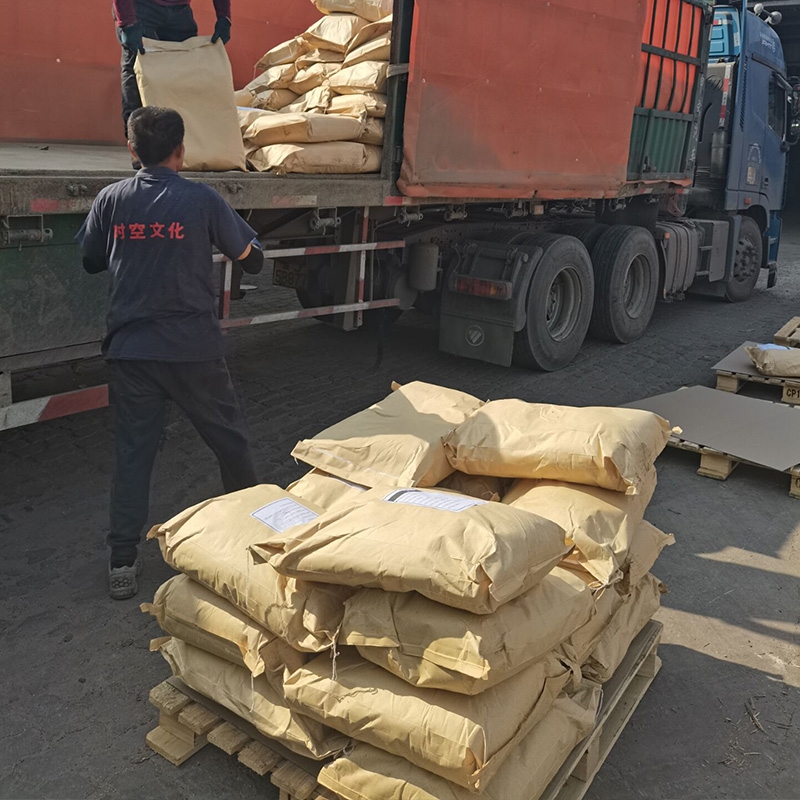-
Categories
-
Pharmaceutical Intermediates
-
Active Pharmaceutical Ingredients
-
Food Additives
- Industrial Coatings
- Agrochemicals
- Dyes and Pigments
- Surfactant
- Flavors and Fragrances
- Chemical Reagents
- Catalyst and Auxiliary
- Natural Products
- Inorganic Chemistry
-
Organic Chemistry
-
Biochemical Engineering
- Analytical Chemistry
-
Cosmetic Ingredient
- Water Treatment Chemical
-
Pharmaceutical Intermediates
Promotion
ECHEMI Mall
Wholesale
Weekly Price
Exhibition
News
-
Trade Service
Written | Edited by Wang Cong | Typesetting by Wang Duoyu | Shui Chengwen Male infertility is a multifactorial heterogeneous disease that affects approximately 7% of men
.
Non-obstructive azoospermia (NOA) is one of the most serious diseases of the male reproductive system, which means that the testicular tissue itself does not have the ability to produce sperm.
About 1% of men of reproductive age suffer from this disease
.
On January 3, 2022, Gao Fei, a researcher from the Institute of Zoology, Chinese Academy of Sciences, and Li Zheng, a professor from the Urology Center of the First People's Hospital Affiliated to Shanghai Jiaotong University, etc.
published an article entitled: Oligomer-Targeting Prevention of Neurodegenerative Dementia by Signal Transduction and Targeted Therapy Research paper for Intranasal Rifampicin and Resveratrol Combination – A Preclinical Study in Model Mice
.
This study revealed that MSH5 gene mutation is a potential cause of non-obstructive azoospermia (NOA), and confirmed in a mouse model that CRISPR/Cas9 gene editing can repair the gene mutation and produce mature sperm
.
The paper studied three non-obstructive azoospermia (NOA) patients (numbered P8944, P7602, P7824) from three Chinese families with no history of fertility problems
.
First, the team ruled out known causes of male infertility, including cryptorchidism, hypogonadism, cancer, alcohol consumption and smoking
.
Their reproductive systems also developed normally, with relatively normal testicular size and FSH hormone levels
.
Further examination revealed that they also had no chromosomal abnormalities
.
To further determine the cause of infertility in these three patients, the research team performed whole-exome genetic sequencing on them
.
The MSH5 gene of the P8944 patient has a homozygous mutation of a four-base deletion, which results in an advanced stop codon and a deletion of 587 amino acids in the protein expressed by MSH5
.
His parents and siblings, on the other hand, carry a mutation and are not affected
.
In contrast, patients with P7602 and P7824 have the same situation.
They both have compound heterozygous mutations in the MSH5 gene, which means that both of their MSH5 alleles have mutations, but the mutation sites are not the same
.
The four mutation sites in these three patients are highly conserved among different species
.
In order to verify the function of the MSH5 gene mutation, the research team conducted studies on mice.
The testis of male mice carrying the MSH5 gene homozygous mutation were significantly smaller, and a large number of apoptotic cells appeared in the seminiferous tubules
.
This suggests that MSH5 mutations may be one of the causes of non-obstructive azoospermia (NOA)
.
However, the testes of these three patients were relatively normal, which may be due to the different roles of the MSH5 gene in humans and in mice
.
The CRISPR/Cas9 system is currently the most powerful gene editing technology and has been widely used in animal disease models and human therapy
.
In order to rescue the above-mentioned MSH5 gene mutant mice, the research team injected CRISPR gene editing components (sgRNA, plasmid expressing Cas9, single-stranded DNA template of MSH5 gene) or MSH5 gene plasmid into the seminiferous tubules of mice
.
After injection, electroporation was used to improve transfection efficiency, and after 5 weeks, a small number of mature spermatozoa with heads and tails were found in the seminiferous tubules of these mice
.
However, mature sperm were not found in the caudal epididymis, possibly due to the low gene editing efficiency of this system
.
Further research is needed to improve transfection efficiency and editing effect
.
Overall, this study shows that MSH5 gene mutations are a potential cause of non-obstructive azoospermia (NOA), and importantly, the study repaired MSH5 gene mutations in a mouse model by in vivo gene editing, suggesting that This method has the potential to treat male reproductive system diseases
.
Paper link: https:// Open for reprinting, welcome to forward to Moments and WeChat groups







